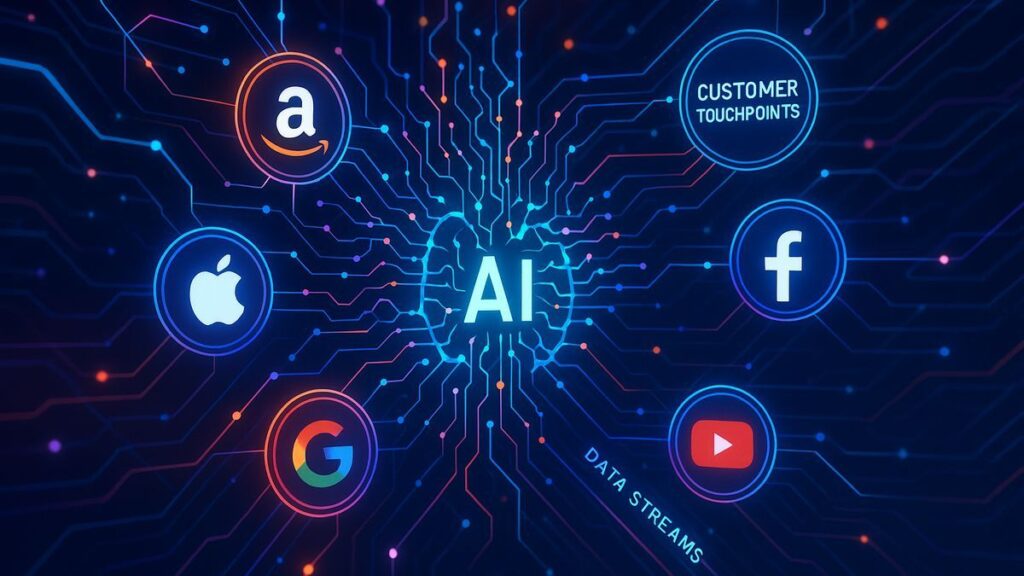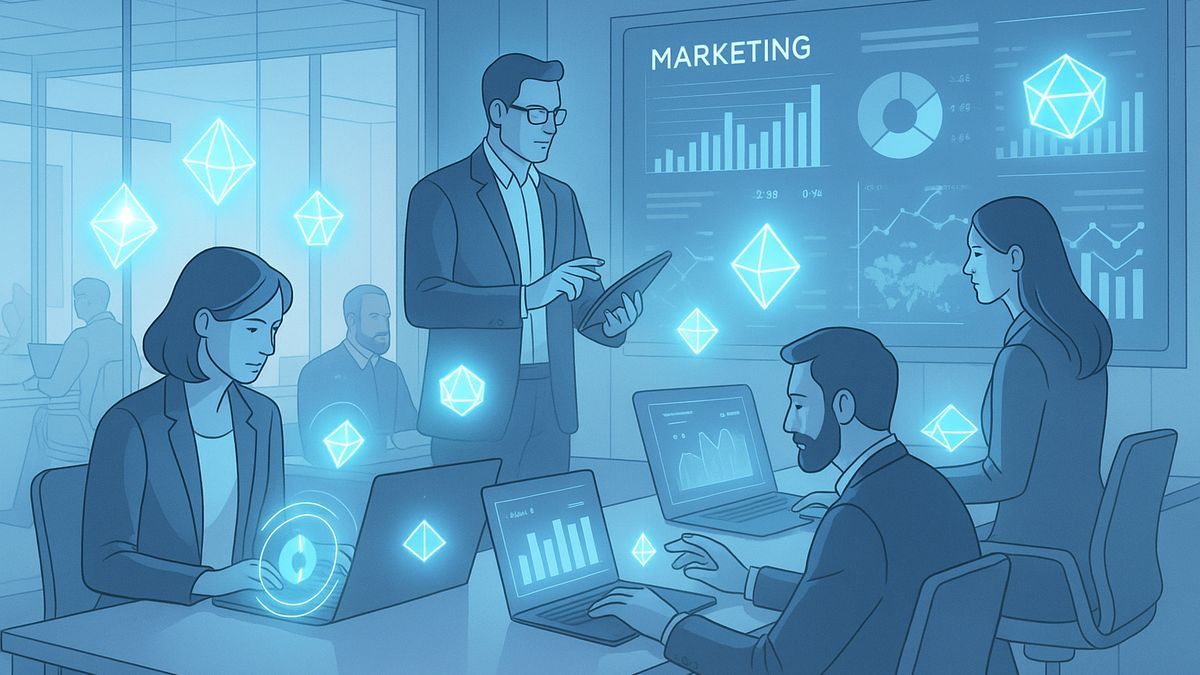The digital landscape has undergone a seismic transformation as we enter 2026, with brands and agencies using AI technologies more sophisticatedly than ever before. The evolution from simple automation to autonomous intelligence represents a paradigm shift that’s redefining how businesses operate, engage customers, and drive growth. This comprehensive exploration reveals how forward-thinking organizations are leveraging artificial intelligence and emerging technologies to gain competitive advantages in an increasingly complex marketplace.
Brands and Agencies Using AI: Transforming Brand Operations
The most significant development in how brands and agencies using AI in 2026 is the widespread adoption of agentic AI systems. Unlike traditional AI tools that respond to prompts, agentic AI operates with remarkable autonomy, making decisions and executing complex tasks without constant human intervention.
Agentic AI describes autonomous software “agents” that can perceive context, reason about goals, and execute steps across channels. This revolutionary approach enables brands to scale their operations exponentially while maintaining personalized customer experiences.
Key Characteristics of Agentic AI Implementation
Brands and agencies using AI in 2026 are implementing systems that demonstrate several crucial capabilities:
-
- Goal-oriented decision making: AI agents independently set objectives and determine the most effective paths to achieve them
-
- Adaptive planning: Systems continuously adjust strategies based on real-time data and changing market conditions
-
- Cross-platform execution: Agents seamlessly operate across multiple channels and touchpoints
-
- Continuous learning: Systems improve performance through ongoing interaction and feedback loops
Marketing Revolution: Autonomous Campaign Management
The marketing sector has witnessed perhaps the most dramatic transformation in how brands and agencies using AI approach campaign development and execution. The global AI in marketing market is set to reach US$47.32 billion in 2025, up from US$12.05 billion in 2020.
Real-Time Campaign Optimization
Modern AI systems enable marketers to move beyond reactive campaign management to proactive, autonomous optimization. Agentic AI interprets real-time customer data, independently prioritizes marketing actions, takes actions autonomously, and dynamically adapts strategies on the fly—all within the guardrails you define.
This capability allows brands and agencies using AI to:
-
- Automatically adjust advertising spend based on performance metrics
-
- Personalize content for individual users at scale
-
- Optimize timing and channel selection for maximum impact
-
- Predict and prevent campaign performance issues before they occur

Enterprise Integration: Beyond Traditional Software Platforms
In 2025, AI agents will start to reshape demand for software platforms, as companies use them to fill the gaps of existing systems, such as ERPs. This trend continues accelerating into 2026, with brands and agencies using AI to create more flexible, integrated operational ecosystems.
Custom AI Agent Development
Organizations are developing specialized AI agents tailored to their unique business requirements. These autonomous systems handle everything from inventory management to customer service, creating seamless operational workflows that adapt to changing business needs.
Data-Driven Decision Making: The Analytical Advantage
The sophistication of AI-powered analytics has reached unprecedented levels in 2026. Brands and agencies using AI now have access to predictive insights that were previously impossible to obtain through traditional analytical methods.
Advanced Pattern Recognition
The agentic approach: A multiagent solution autonomously identifies data anomalies and explains shifts in sales or market share. It analyzes internal signals, such as changes in product taxonomy, and external events identified via web searches, including product recalls or severe weather.
This analytical capability enables organizations to:
-
- Identify market opportunities before competitors
-
- Understand complex customer behavior patterns
-
- Predict industry disruptions and market shifts
-
- Optimize resource allocation across business units
Customer Experience Enhancement Through AI Personalization
Brands and agencies using AI in 2026 are creating hyper-personalized customer experiences that adapt in real-time to individual preferences and behaviors. AI agents analyze vast datasets to understand customer intent, predict needs, and deliver precisely targeted solutions.
Omnichannel Experience Orchestration
Modern AI systems coordinate customer interactions across all touchpoints, ensuring consistent, personalized experiences regardless of how customers choose to engage. This seamless integration creates stronger brand loyalty and higher customer lifetime value.
Content Creation and Creative Automation
The creative industries have embraced AI tools that augment human creativity rather than replace it. Brands and agencies using AI are leveraging sophisticated content generation systems that produce high-quality materials while maintaining brand consistency and creative authenticity.
Scalable Content Production
AI-powered content creation enables brands to produce vast quantities of personalized materials while maintaining quality standards. From social media posts to comprehensive marketing campaigns, AI agents handle routine creative tasks, freeing human creators to focus on strategic and conceptual work.
Technology Infrastructure: Building AI-Ready Operations
AI agents and AI-ready data are the two fastest advancing technologies on the 2025 Gartner Hype Cycle for Artificial Intelligence. This trend continues into 2026 as organizations invest heavily in infrastructure capable of supporting advanced AI implementations.
Cloud-Native AI Architectures
Brands and agencies using AI are transitioning to cloud-native architectures that provide the scalability and flexibility required for sophisticated AI operations. These systems support rapid deployment of new AI capabilities and seamless integration with existing business processes.
Measuring AI Impact: ROI and Performance Metrics
Organizations are developing sophisticated measurement frameworks to evaluate AI performance and return on investment. Brands and agencies using AI now have access to granular metrics that demonstrate the tangible business value of their AI implementations.
Key Performance Indicators
-
- Operational efficiency improvements
-
- Customer acquisition cost reductions
-
- Revenue attribution to AI-driven initiatives
-
- Time-to-market acceleration for new products and services
Future Outlook: Preparing for Continued Evolution
Industry leaders from Gartner to McKinsey have identified agentic AI as the dominant trend for 2025, with Capgemini research showing that 82% of organizations plan to integrate AI agents by 2026. This widespread adoption indicates that AI integration will become increasingly critical for competitive survival.
Brands and agencies using AI must continue evolving their capabilities to stay ahead of market demands. The organizations that successfully navigate this technological transformation will establish sustainable competitive advantages that compound over time.
Conclusion: Embracing the AI-Driven Future
The landscape of 2026 clearly demonstrates that brands and agencies using AI are not simply adopting new tools—they’re fundamentally reimagining how business operates in the digital age. From autonomous campaign management to predictive analytics and personalized customer experiences, AI has become the foundation for sustainable competitive advantage.
Organizations that embrace these technologies while maintaining focus on human creativity and strategic thinking will thrive in this new paradigm. The future belongs to those who can successfully blend artificial intelligence with human insight to create unprecedented value for customers and stakeholders alike.
